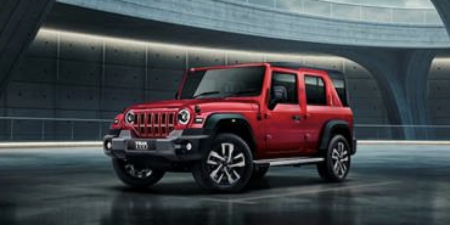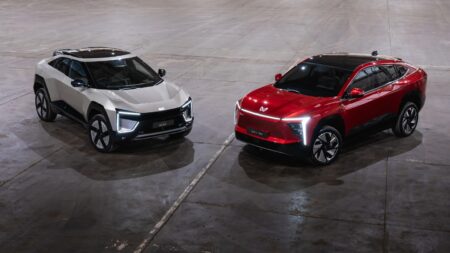The first series-produced vehicle to benefit from Bosch’s integrated vehicle dynamics control function is the SLS AMG Electric Drive. The function is also currently installed in a concept car, in which the electronic stability program is used to network the brakes with the rear-axle steering system.
As well as chassis control, vehicle networking can benefit powertrain development with new architectures being created as a result of the links between internal-combustion engines and electric motors. Bosch already offers all the components for electric powertrains, allowing its customers to specify a bespoke system for their own powertrain.
To more efficiently support the development of hybrid and electric drives in the future, Bosch Engineering is developing a modular hybrid software platform. With this new software, it will offer operating strategies for a large number of powertrain architectures. The software flexibly integrates the powertrain’s electric motors and the interfaces between numerous control units. This shortens development time and likewise reduces costs.
Meanwhile Bosch has developed the iBooster, an electromechanical brake booster that provides situation-dependent support when the driver initiates braking.
“The iBooster makes hybrid and electric vehicles even more efficient, while enhancing safety through shorter braking distances,” explained Gerhard Steiger, president of the Bosch chassis systems control division.
The iBooster complements a modular range of components from which Bosch can put together a suitable braking system for any vehicle configuration. Production of this innovation will at first be for three series-produced models. Over the medium term, it will displace conventional brake boosters in many vehicles.




